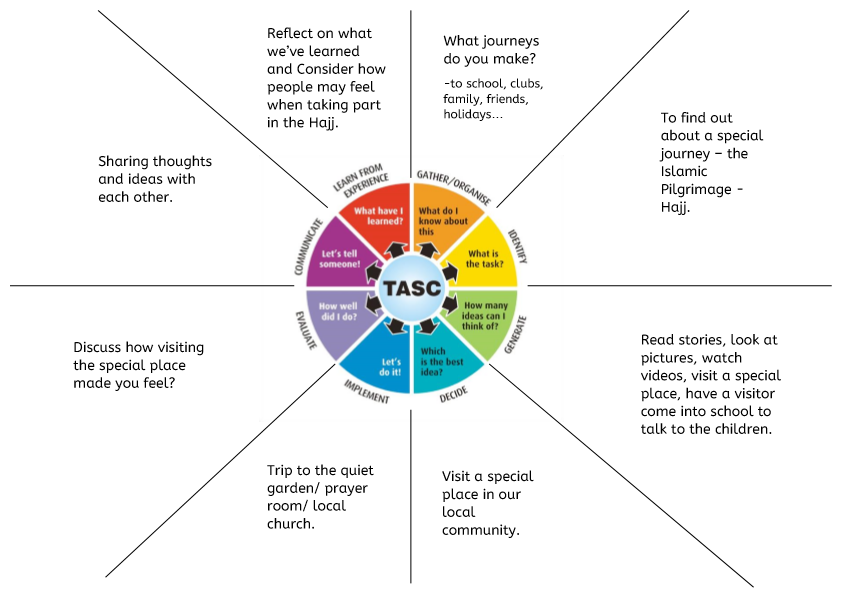

One of our TDT tasks for RME is to visit a sacred place or place of religious significance. So during reading week, I took a visit through to Dunfermline, to visit the Abbey. To my disappointment – the abbey itself happened to be closed on that day! However I was still able to walk around the outside, and to visit the church.
The church at Dunfermline abbey is an active, worshipping community. It holds a weekly Sunday service, as well as various other activities such as prayer groups and ‘messy church’ (for more information, see the website).
When walking around the outside, I was able to appreciate the ancient architecture of the abbey and the impressive church building. I felt that this shows the importance which was placed on these buildings at the time they were built. It is also located in a central area of the city, close to the main high-street. This showed me that the church would have, at one point, been a highly important part of life for the people who lived here.
Inside the church, I was interested to find that the building had been renovated and decorated in a modern way. I was told that this part of the church was re-built following a fire. I also feel like the more modern feel reflected the fact that this church was still being used, and was not just an ancient tourist attraction. That being said, the tourism aspect was clearly apparent, as a gift shop had been erected at the church entrance, information guides were dotted around, and there were also information boards and plaques designed to point out facts of particular historical interest – such as the supposed tomb of King Robert the Bruce.
There were many items within the church which took my interest, including the huge organ, the stunning stained-glass windows, and the monuments and carvings that told the story of significant people.
There was a feeling of quiet respect within the church. Everyone speaks in lowered voices, and moves slowly as they take in their surroundings.
Following my visit to the church, I feel that a primary class could certainly benefit from a similar experience. I would spend time with the class learning about the worship, rituals, and key aspects of the religion first as I feel that children need to have a certain level of basic knowledge and understanding before they can learn from a religious or non religious viewpoint. This relates to the phenomenological approach to teaching religious and moral education (described by Ninian Smart) which supposes that students should be introduced to the key aspects of religions in an objective way (cited Barnes 2014).
Following this, the visit to a church (or indeed to any place of religious significance) could help the students to make a more personal connection with the ideas and concepts. This relates to the interpretive approach (described by Jackson), which emphasises the importance of being exposed to religion from the view of an ‘insider’. It also recognises the importance of reflection and allowing students to assess their own views and beliefs.
Using both the phenomenological approach and the interpretive approach, I would be providing children to opportunities to learn about and from religion, an idea supported by the writings of Grimmitt(2000).
References:
Barnes, L. Philip. Education, Religion and Diversity : Developing a new model of religious education, Taylor and Francis, 2014. ProQuest Ebook Central
Engebretson K. (2009) Learning About and Learning from Religion. The Pedagogical Theory of Michael Grimmitt. In: de Souza M., Durka G., Engebretson K., Jackson R., McGrady A. (eds) International Handbook of the Religious, Moral and Spiritual Dimensions in Education. International Handbooks of Religion and Education, vol 1. Springer, Dordrecht
Grimmitt et al (2000) Pedagogies of Religious Education: Case Studies in the Research and Development of Good Pedagogic Practice in RE. McCrimmon Publishing co. ltd.
Jackson, R (2016) Introducing Religious Education: an Interpretive Approach. Available at: http://www.theewc.org/Content/Library/Research-Development/Literature/Introducing-Religious-Education-an-Interpretive-Approach








